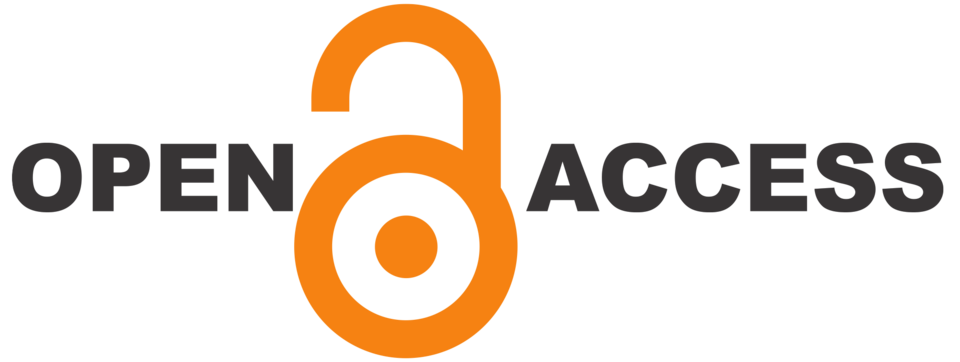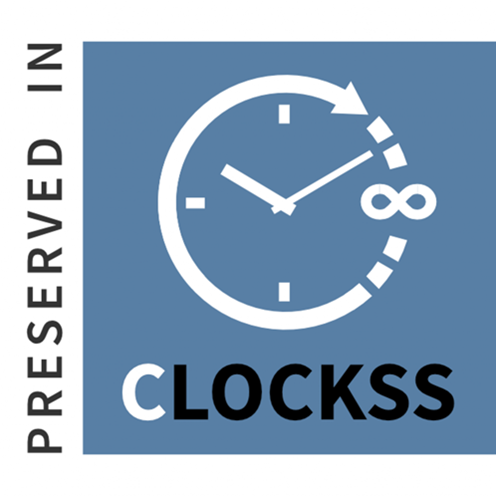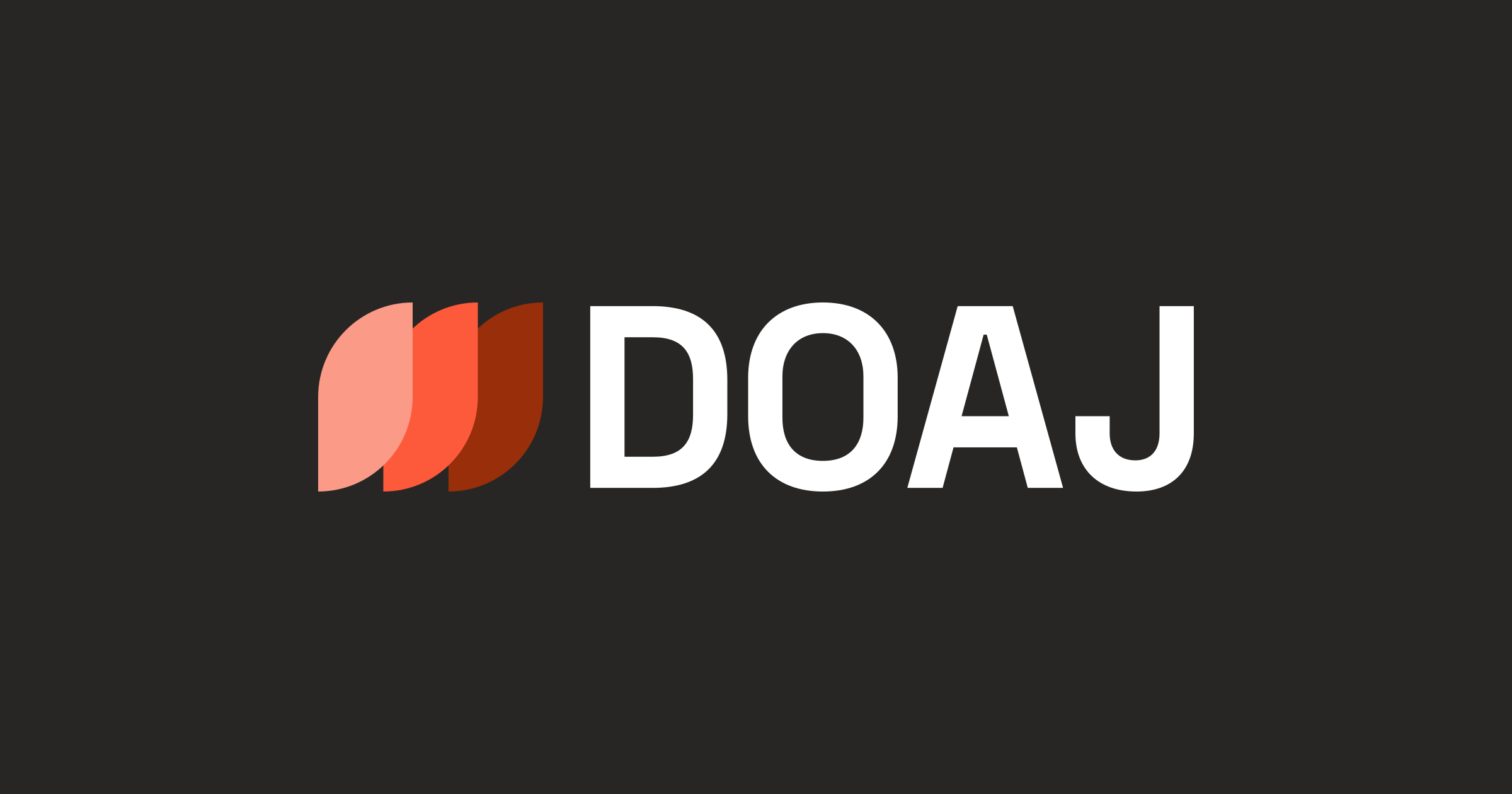Hilla University College Journal For Medical Science
Document Type
Original Study
Keywords
Calcium, Serum vitamin D3, Type of feeding
Abstract
Background: The mixed feeding means that the infant gets bottle milk and breast milk. Bottle feeding serves as incomplete nutritional source for the first six months of infant’s life because bottle feeding not contains all essential nutrients that necessary for the physiological growth and development of infants.
Objectives: The aim of this research is to determine impact of breastfeeding feeding other than formula feeding,, or a mixed feeding ,on serum calcium and blood vitamin D3 levels in infants.
Materials and Methods: Fifty patients were enrolled in this study. We collected the sample from the infants and children (first 2 years of life) that attended Al-Batool Teaching Hospital in the period from October 2022 to April 2023.
Results: Fifty patients were enrolled in this study. They were 27 males and 23 females with age ranged from less than one month to two years. There was significant association between type of feeding and risk of hypocalcaemia and decrease level of vitamin D3 in blood. The infants with exclusive bottle feeding more associated with hypocalcaemia and decrease level of vitamin D3 in blood than other type of feeding.
Conclusion: We concluded that there is a strong association between exclusive bottle feeding and risk of decrease serum calcium and level of vitamin D3. The infants with exclusive artificial feeding are more prone to hypocalcaemia and vit D3 deficiency.
How to Cite This Article
Habeeb, Hailah Othman; Tofiq, Saif Hakeem; and Dawod, Haider Jwad
(2025)
"Effect of Exclusive Bottle Feeding on Infant‘s Serum Calcium and Serum Vitamin D3 and its Comparison with other types of Feeding in Diyala Governorate, Iraq,"
Hilla University College Journal For Medical Science: Vol. 3:
Iss.
2, Article 6.
DOI: https://doi.org/10.62445/2958-4515.1059









Social Media: